Is Your Dandruff Actually a Fungal Infection? Here’s What to Know
Introduction
The appearance of continual scalp flaking occurs even after using traditional anti-dandruff shampoo products. Your dandruff condition might be more complex than the typical dryness of your scalp. Fungal infections represent the true cause of dandruff beyond typical flaking symptoms thus needing specific medical intervention rather than traditional dandruff treatments. The following article explains how dandruff relates to fungus infections through detailed explanations about causes together with treatment solutions and step-by-step instructions for natural scalp healing.
What is Dandruff?
Flaking skin which rates as a common scalp condition occurs frequently with dandruff together with possible itchiness. Numerous risk factors contribute to dandruff development even though dry skin is often mistaken as its sole origin.
• Oily scalp
• Hormonal changes
• Stress
• Poor hygiene
• Product buildup
But the biggest hidden culprit? A fungus called Malassezia.
Malassezia Fungus Represents the Fungal Link Behind Dandruff Development
Symptoms That Indicate Your Dandruff Is Caused By Fungus
How do you tell the difference between fungal and non-fungal dandruff? Watch for the tell-tale signs:
- Oily, Yank Dandruff
Fungal dandruff tends to be yellow and a bit oily as compared to dry scalp flakes.
- Continuous Scratching and Redness
Fungal dandruff is most likely the cause of persistent itching coupled with redness and irritation, stubbornness to regular anti dandruff shampoos means its most likely fungal.
- Flakes Seen In Eyebrows, Ears Or Chest
Dermatitis Seborrheic also affects the non-scalp zones such as eyebrows, ears and chest where the oil glands are located.
- Thinning Of Hair
Intense fungal infections have the potential to destroy hair follicles causing hair loss or thinning.
What Causes Fungal Dandruff
Identifying the triggers enables a preventative approach alongside effective treatment. The most frequent triggers are:
- Excessive head oil: An oily scalp tends to promote fungus.
- Imbalance in body hormones: Commonly experienced during stress or puberty.
- Weak immune system: Illness and lack of sleep or succumbing to other ailments can trigger fungus.
- Aggressive hair product usage: Sulphates and compounds like alcohol tend to cleanse the scalp too much disrupting the scalp microbiome.
- Fungi friendly climates: Hot and damp weather is ideal for the growth of fungi.
How to Get Rid of Dandruff Caused by Fungus
The good news is that with adequate care, fungal dandruff can be taken care of. This is how to deal with it best:
1. Shampoos with Prescription
Also, check the label for active antifungal substances like:
• **Ketoconazole**: Works very well with Malassezia.
• Zinc Pyrithione: It lessens fungi and relieves inflammation.
• Selenium Sulfide: It reduces the rate of cell replacement.
• Coal Tar: It assists in lessening flakes but can be drying for some people.
Tip: Use the shampoo 2 to 3 times per week and remember to allow it to sit on the hair for five minutes before rinsing.
2. Tea Tree Oil
This is a Malassezia antifungal, so it will help relieve the itch as well. You can add a few drops to your shampoo or apply a diluted solution directly to the scalp.
3. Rinse with Apple Cider Vinegar
ACV helps in restoring the normal pH of the scalp and in lessening excess fungal growth. Mix equal quantities of ACV and water, use the mixture after shampooing, then rinse after five to ten minutes.
4. Hair Styling Products Should be Abused
Gels, sprays, and creams aid in capturing oil, which encourages fungal growth. Continue to keep to a minimal regimen while dealing with fungal dandruff.
5. Good Hygiene Practices
Regularly wash the hair as this will help with controlling the oil while preventing buildup. Do not allow sharing of combs, hats and towels.
Complementary Treatment for Lasting Relief
Aside from topical approaches, lifestyle and dietary alterations can aid in preventing recurrences.
- A Well Balanced Diet: Add anti-inflammatory and microbiome-friendly options:
- Probiotic-rich foods (yogurt, kefir, sauerkraut)
- Omega-3 sources (flax seeds, walnuts, various fish)
- Green vegetables and fruits
You need to remove from your diet
- Refined sugars
- Refined carbohydrates
- Process foods
- Stress Reduction: Long-term stress reduces immunity and increases chances of hormonal dysregulation. Consider:
- Meditative practices or yoga
- Regular exercise
- Restorative sleep
- Scalp and Hair Massage: Enhances blood flow to the scalp and increases absorption of treatment products. Add coconut or neem oil for antifungal properties.
When to Consult a Dermatologist
If symptoms worsen or do not improve after 4-6 weeks of using natural remedies and over-the-counter products, it is best to consult a specialist. In more severe cases, prescription antifungals or corticosteroids may be required.
Frequently Occurring Dandruff Misconceptions
❌ Myth 1: Dandruff Only Occurs to Individuals with Dry Skin
Truth: Dandruff is most common among people with oily scalps.
❌ Myth 2: Hair Washing Daily Results In Dandruff
Truth: Not washing the hair often enough leads to buildup, which fosters fungal proliferation.
❌ Myth 3: Dandruff Can Be Spread
Truth: Dandruff itself is not contagious although the fungus is normally present on
Conclusion
Although dandruff may appear to be a minor irritation, if it is not treated, it can result in more serious scalp problems, particularly if it is caused by a fungal infection. It’s critical to comprehend the underlying cause. You can restore the health of your scalp by combining natural remedies, medicated products, and lifestyle modifications.
Therefore, the next time those flakes show up, consider whether it’s simply dry skin or something more serious. You’ll be prepared to make that decision and take charge of the health of your scalp with the knowledge in this article.

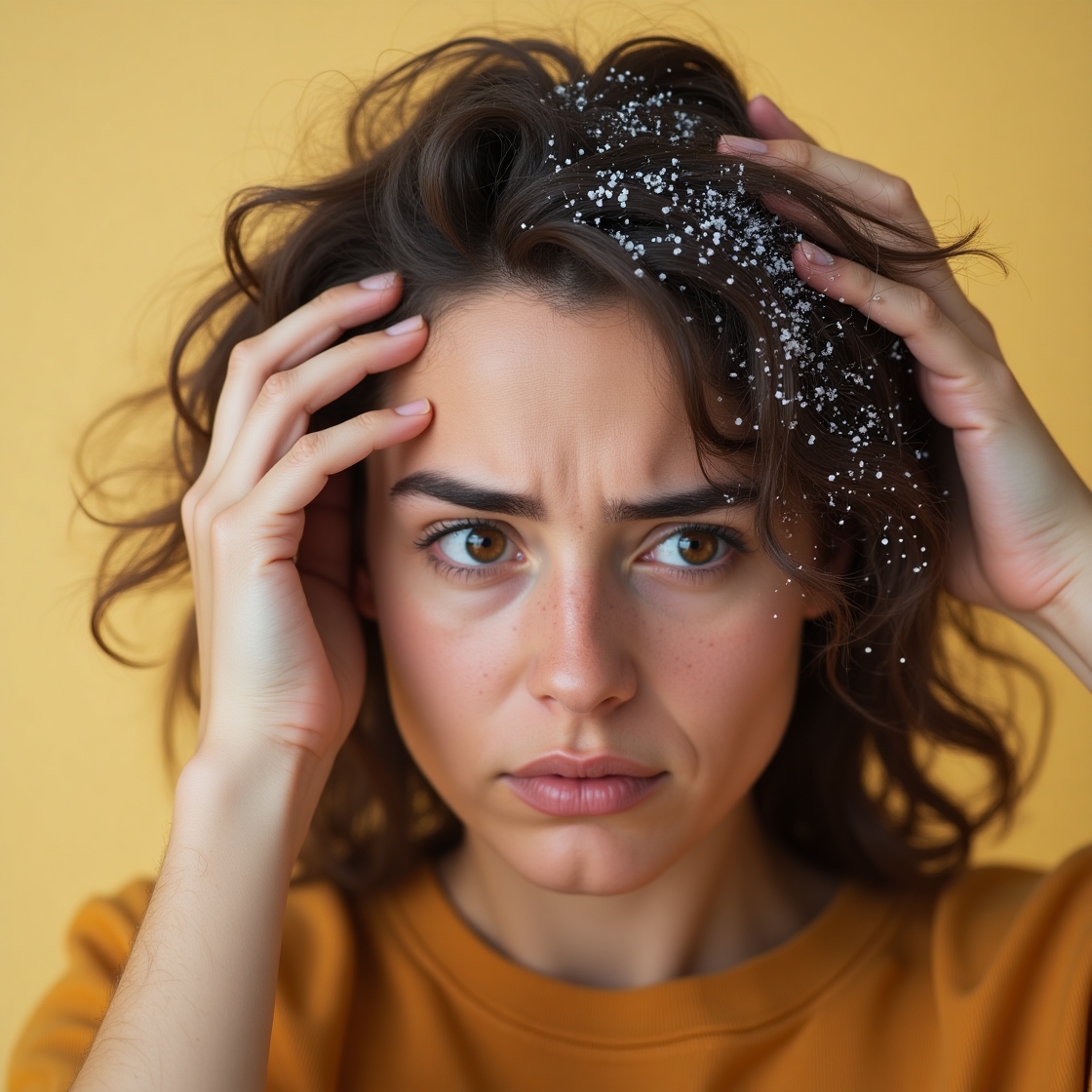

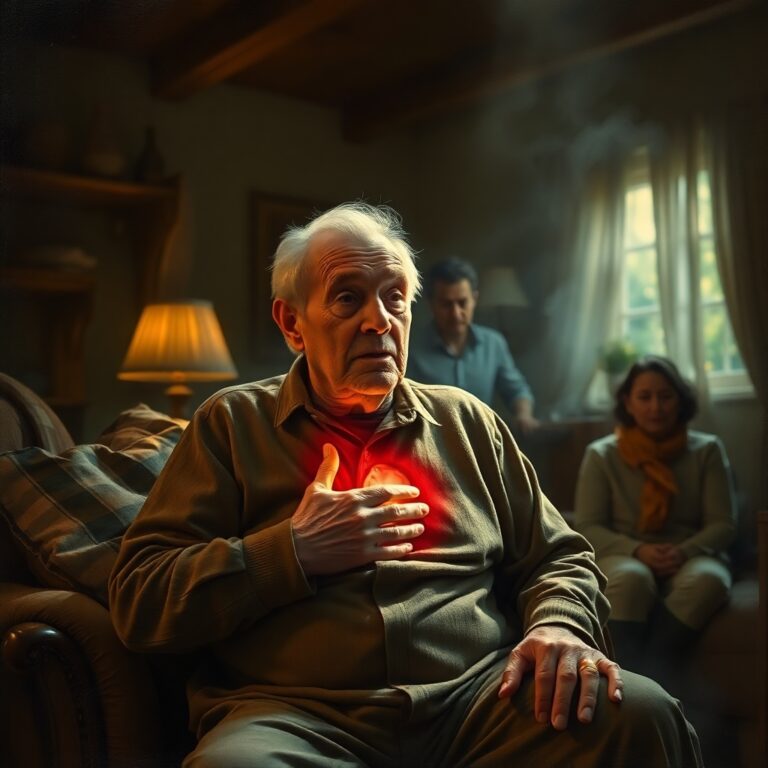
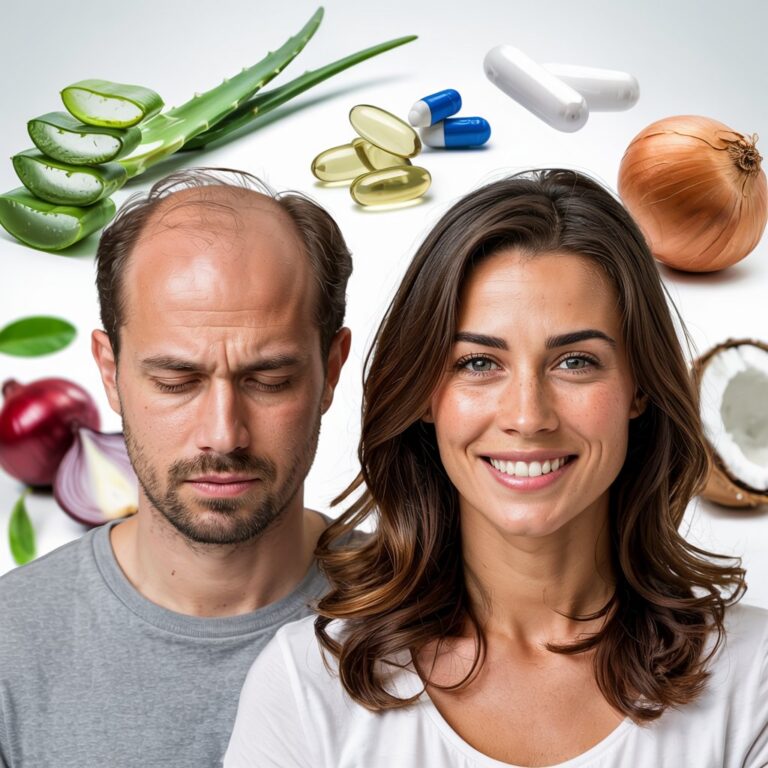
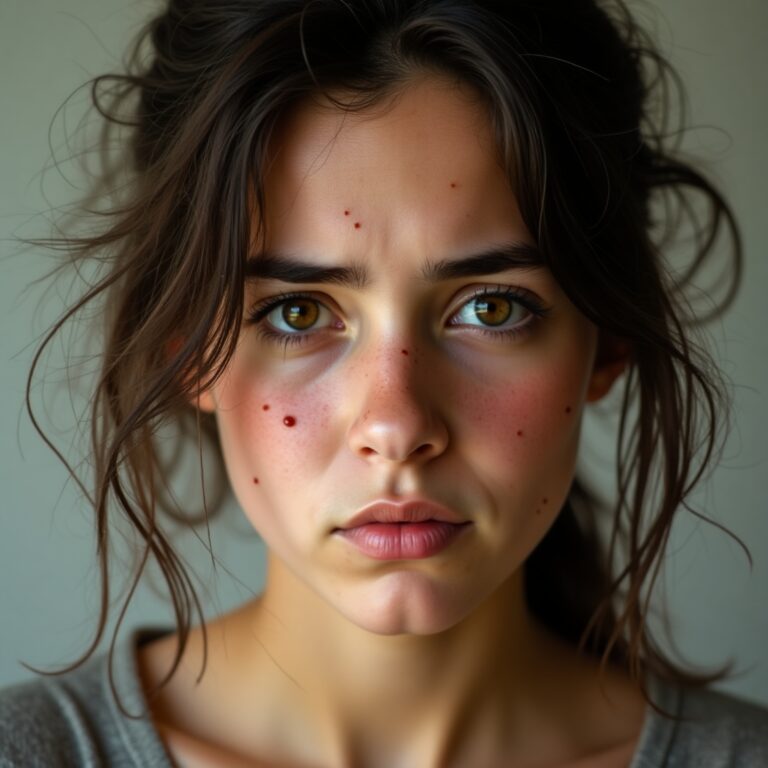

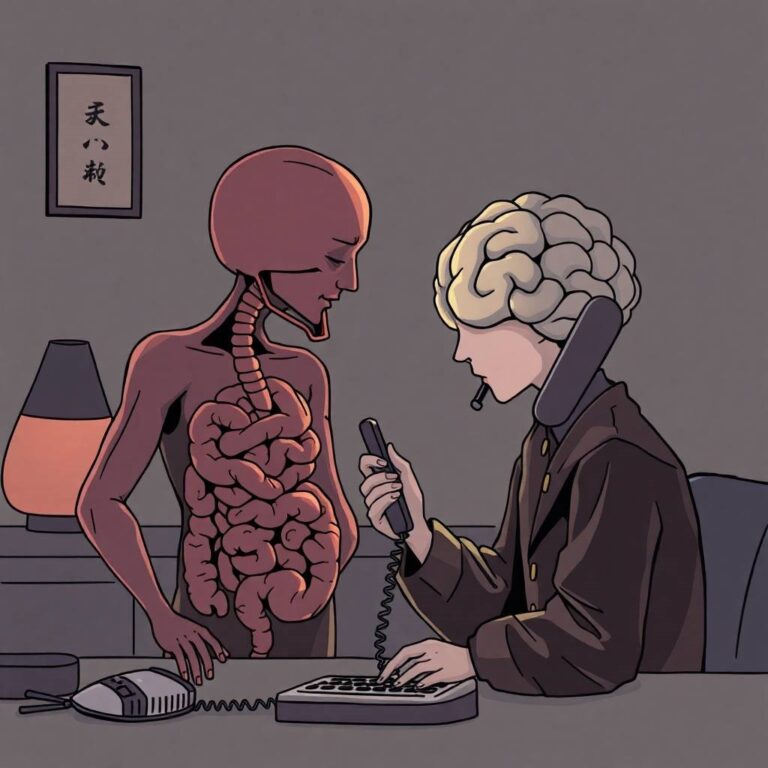
One Comment